Characteristics of Japanese Larch (Larix kaempferi)
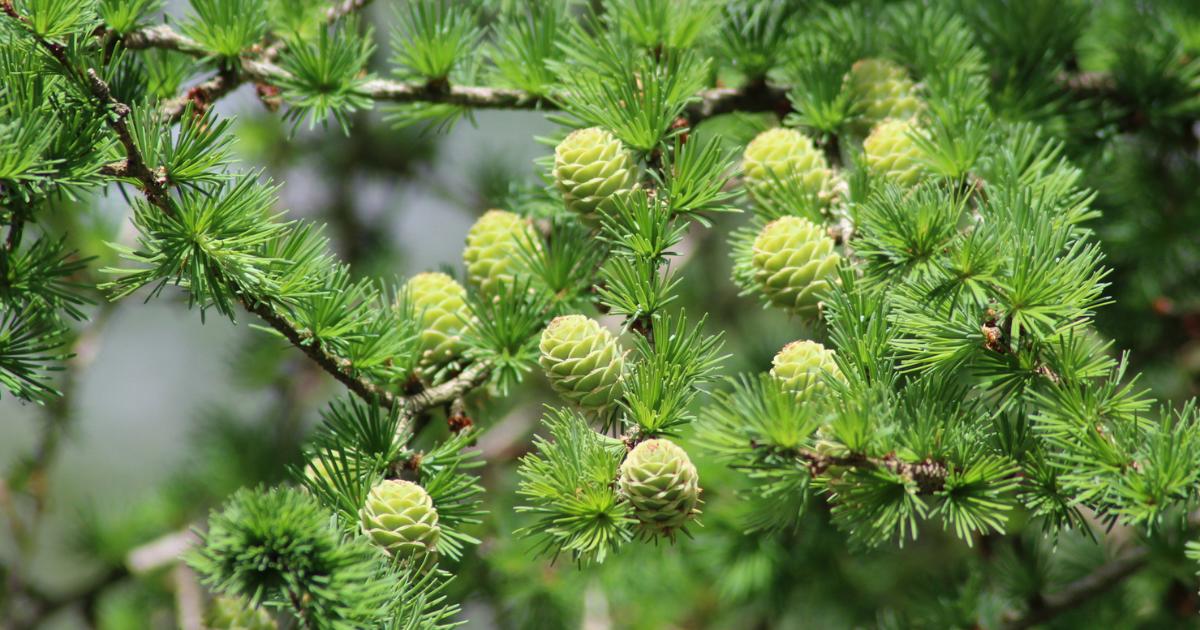
Japanese larch or Karamatsu (Larix kaempferi) is a species of conifer tree native to Japan, in the mountains of the Chūbu and Kantō regions of central Honshu. This tree grows at elevations up to 2,900 m asl in well-drained soil.
In Japan, Larix kaempferi is known as カラマツ, in China it is called 日本落葉松, and in Korea 일본잎갈나무.
Japanese larch is an important tree in plantation and forestry, growing throughout central and northern Japan, as well as widely in northern Europe, particularly Ireland and England.
Larix kaempferi is widely grown as an ornamental tree in parks and gardens, as well as bonsai material. The cultivars ‘Blue Dwarf’ and ‘Nana’ have been awarded the Royal Horticultural Society of Garden Merit.
Characteristics of Japanese Larch Leaves
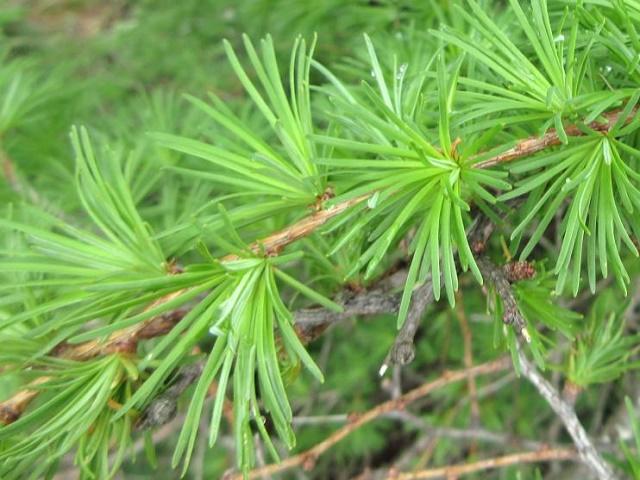
The leaves are needle-like, light grayish-green, 2-5 cm long, and turn bright yellow to orange in autumn, leaving bare pink-brown shoots until the following spring.
Dimorphic shoots, with growth divided into long shoots (usually 10-50 cm) and having several shoots, and short shoots only 1-2 mm long with only one shoot.
Characteristics of Japanese Larch Fruit

The cones are erect, ovate, 2-5 cm long, with 30-50 seed scales, they are green when immature, turning brown, and opening to release seeds when ripe. The cones mature within 4-6 months after pollination. Old cones usually remain on the tree for years and turn a dull gray-black.
Characteristics of Japanese Larch Tree
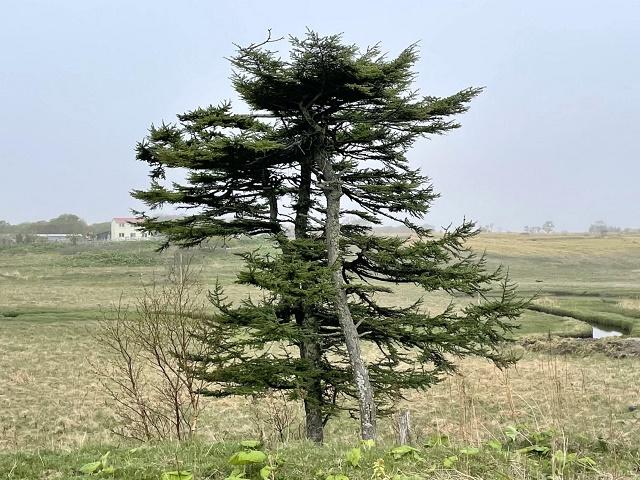
Japanese larch can grow up to 30-40 meters, with a trunk diameter of up to 1 meter in its native place. The crown is broadly conical, the branches are flattened sideways, and only the young branches usually droop.
This tree produces cones for the first time after about 10-15 years.
The wood is strong and durable and is used for general construction work.
HOW TO CULTIVATE JAPANESE LARCH
Japanese larch can be grown from seed and does not require direct sunlight to germinate. Once the seeds have germinated, they need lots of sunlight for optimal growth. Young trees cannot tolerate shade or low light.
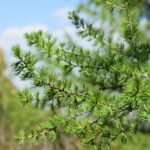

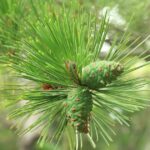

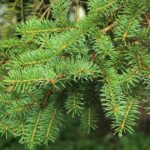
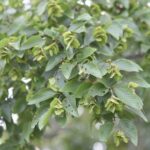
Leave a Reply